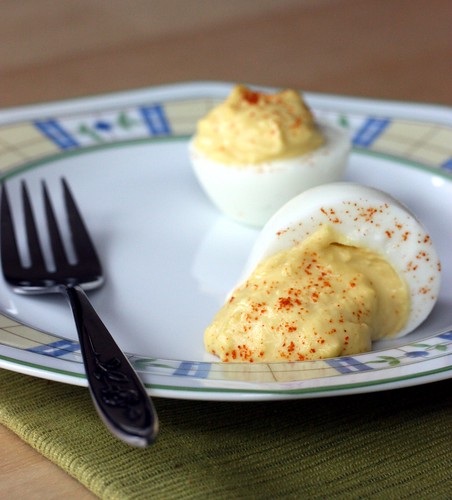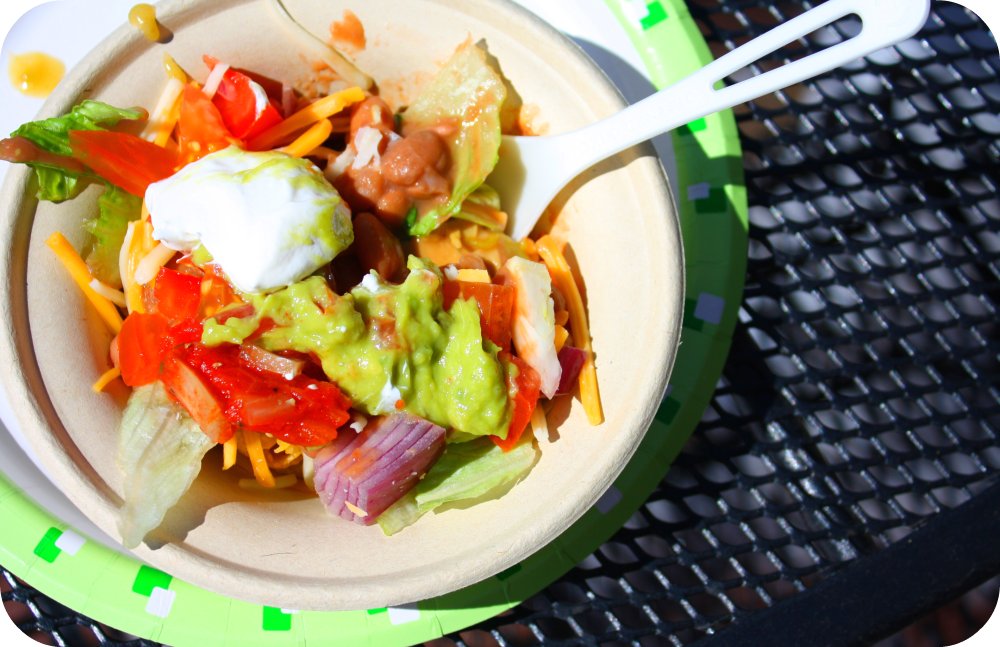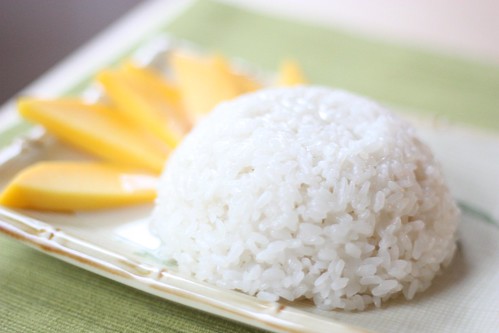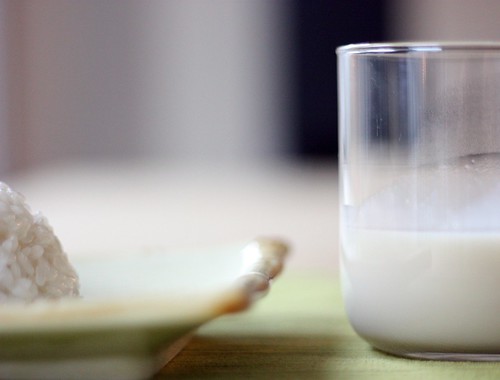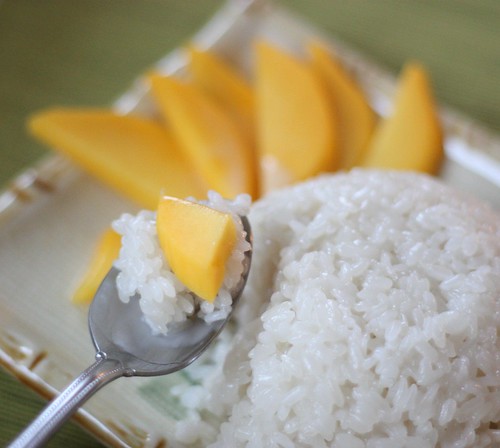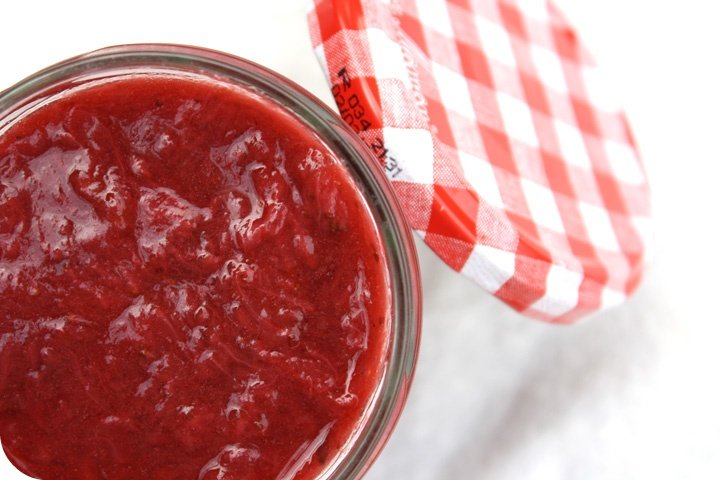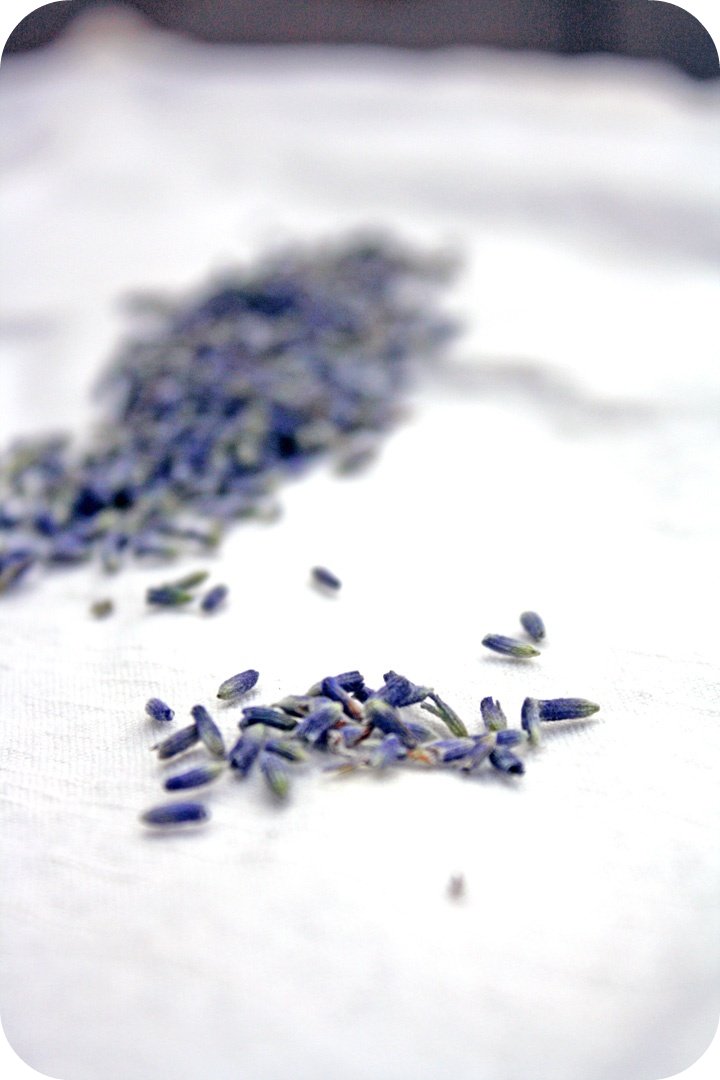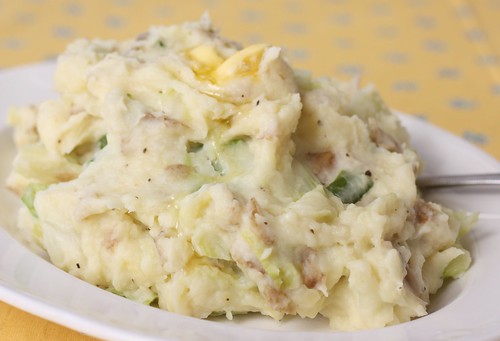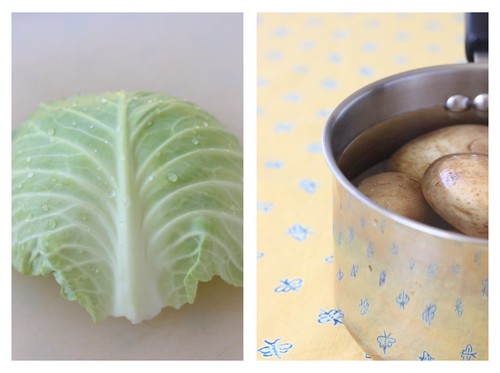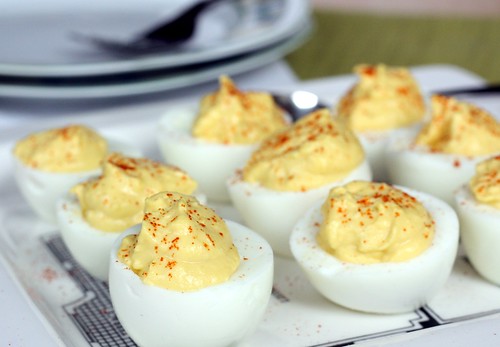
Eggs get a bad rap, and I've had enough of it. Each time I tell someone how much I love eggs, how they're so nutritious and filling and easy to make, they ask me whether it's healthy to eat eggs every day. I'm here to say that eggs can be wonderfully healthy. And I don't just mean the whites. I mean the sunny-orange yolks that ooze out of a poached egg, too.
According to Nourishing Traditions, "eggs are rich in just about every nutrient we have yet discovered, especially fat-soluble vitamins A and D. Eggs also provide sulphur-containing proteins, necessary for the integrity of cell membranes. They are an excellent source of special long-chain fatty acids called EPA and DHA, which play a vital role in the development of the nervous system in the infant and the maintenance of mental acuity in the adult. . . Egg yolk is the most concentrated source known of choline, a B vitamin found in lecithin that is necessary for keeping the cholesterol moving in the blood stream." So eat those egg yolks, alright? Okay.
Now that we have that all straightened out, let's get to the actual enjoyment of eggs. After all, 'tis nearly the season of technicolor hard-boiled eggs hiding out in the bushes and the solid week of obligatory egg salad sandwiches that follows. And while I love egg salad (especially with fresh herbs added), I want to share with you my recipe for deviled eggs. So many people love deviled eggs but think they're hard to make, so they only end up eating them once every few years when someone happens to bring them to a party.
Well, here's how I make deviled eggs. They're easy peasy, healthy and yummy, so you have no excuse. Except if, like me, you have some trouble producing a hard-boiled egg that isn't bubbling out of its shell or splitting in all the wrong places. But that's another matter entirely.
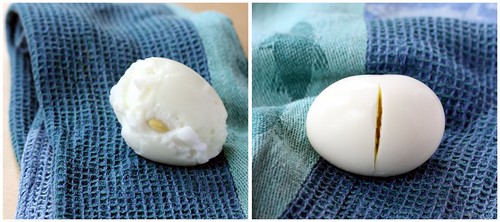
I decided to make my own mayonnaise for this batch of eggs, making them even more healthful since they're free of the preservatives in commercial mayonnaise. This recipe from Nourishing Traditions can be fermented so it lasts for months instead of days.
-Kylie
Mayonnaise
Adapted from Nourishing Traditions
Makes 1 1/2 cups
1 whole egg, at room temperature
1 egg yolk, at room temperature
1 teaspoon Dijon-type mustard
1 1/2 tablespoons lemon juice
1 tablespoon whey, optional
3/4-1 cup extra virgin olive oil, expeller-pressed sunflower oil, or a combination
generous pinch sea salt
The addition of whey will help your mayonnaise last longer, adds enzymes and increases nutrient content. Use sunflower oil if you find that olive oil gives too strong a taste. Homemade mayonnaise will be slightly more liquid than store-bought versions.
In your food processor, place egg, egg yolk, mustard, salt and lemon juice and optional whey. Process until well blended, about 30 seconds. Using the attachment that allows you to add liquids drop by drop, add olive oil and/or sunflower oil with the motor running. Taste and check seasoning. You may want to add more salt and lemon juice. If you have added whey, let the mayonnaise sit at room temperature, well covered, for 7 hours before refrigerating. With whey added, mayonnaise will keep several months and will become firmer with time. Without whey, mayonnaise will keep for about two weeks.
Deviled Eggs
Makes 12 filled egg halves
6 large eggs
1 teaspoon apple cider vinegar
1/4 cup mayonnaise
1 tablespoon Dijon mustard
1 teaspoon apple cider vinegar
salt to taste
garnish of paprika or freshly chopped dill
Place eggs in a medium saucepan and cover by 1 inch with cold water. Bring to a boil, cover loosely with lid, and boil 10 minutes. Drain water and rinse eggs in cold water to stop cooking. Peel eggs. Halve lengthwise or widthwise, and gently remove yolks to a bowl. If you halved the eggs widthwise, cut the very end off the point of each egg half so it can stand with the cavity facing upward.
Mash the yolks with a fork and add mayonnaise, mustard, apple cider vinegar and salt to taste. Stir vigorously with fork until smooth, then spoon into each egg half. Garnish with paprika or freshly chopped dill.
